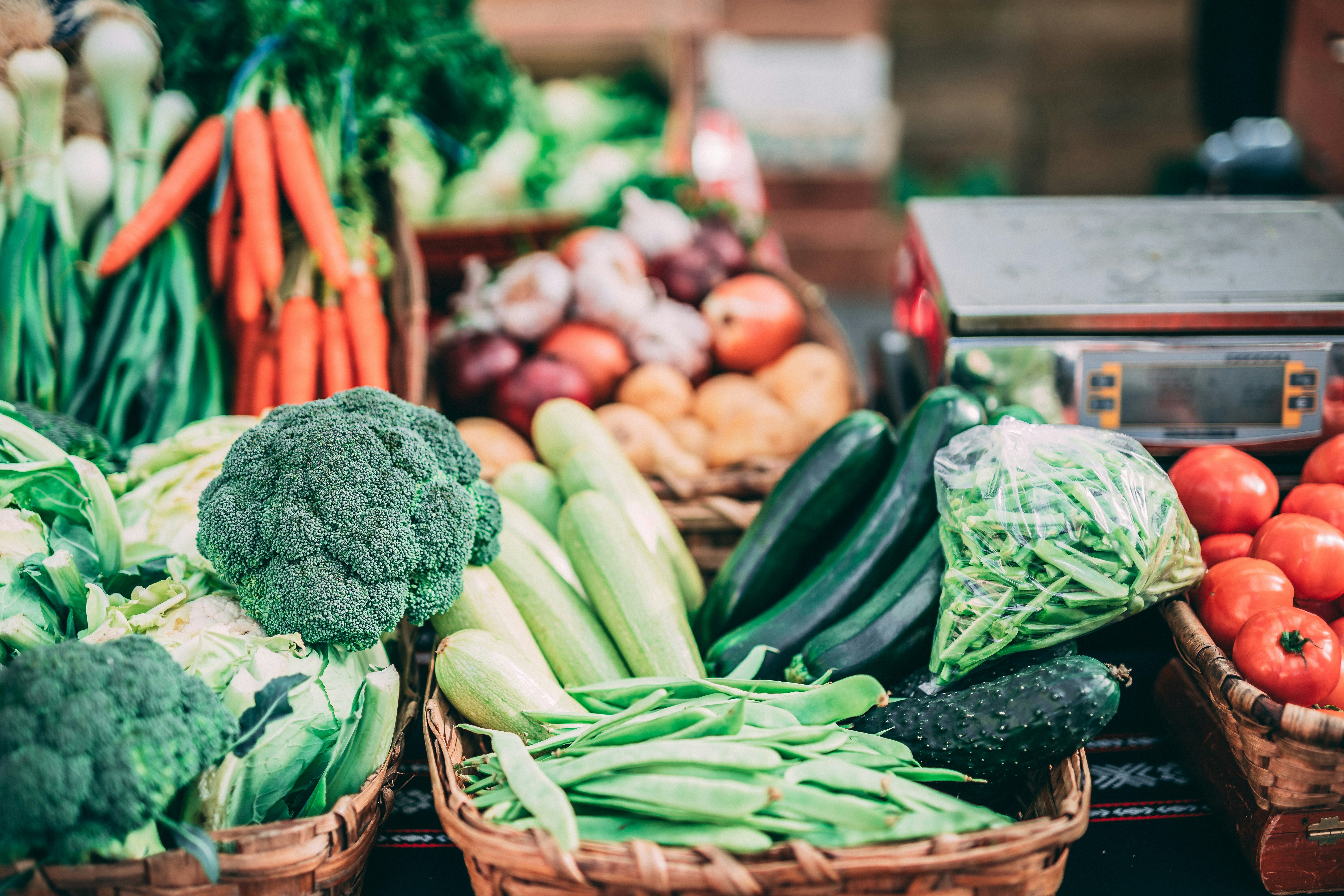Laboratory Chemicals and Testing in the Food & Beverage Industry
The food and beverage industry operates in a highly regulated environment that requires constant testing for quality, safety, and compliance. From food scientists developing new formulations to manufacturing facilities ensuring food safety, laboratory testing plays a critical role across the entire production pipeline. At the heart of these processes are specialized laboratory chemicals and reagents that ensure accuracy, consistency, and compliance with industry standards.
In this article, we explore the most common laboratory tests used in food and beverage production, the chemical reagents involved, and how reliable chemical suppliers support operations in food science, quality control, and food safety.
Why Laboratory Testing Is Critical in Food & Beverage Manufacturing
Whether producing baked goods, beverages, dairy, or processed foods, companies in this sector must test for:
-
Nutrient content
-
Microbial contamination
-
Shelf-life stability
-
Chemical residues
-
Allergen presence
-
Additive and preservative levels
Food laboratories—either in-house or third-party—rely on chemical testing to meet FDA, USDA, HACCP, and FSMA standards.
Key Laboratory Tests in Food & Beverage Quality Control
1. Microbiological Testing
Testing for microbial contamination is essential to prevent foodborne illness and ensure product safety.
Common Tests:
-
Total Plate Count (TPC)
-
E. coli and Salmonella detection
-
Yeast and mold counts
-
Listeria and Campylobacter testing
Chemicals & Media Used:
-
Peptone water, buffered Listeria enrichment broth
-
Tryptic soy agar, MacConkey agar, PCA (plate count agar)
-
Gram stain reagents, oxidase reagents
-
Ethanol, chlorine-based sanitizers for equipment sterilization
2. Nutritional and Chemical Composition Testing
Determining the levels of nutrients and additives is important for labeling, formulation, and regulatory compliance.
Examples:
-
Fat, protein, and moisture content
-
Carbohydrate and sugar analysis
-
Vitamin and mineral content
-
Additive and preservative levels
Reagents Used:
-
Sulfuric acid and copper sulfate (Kjeldahl method for protein)
-
Sodium hydroxide, hydrochloric acid, phenolphthalein
-
Petroleum ether (fat extraction)
-
Potassium dichromate, EDTA, HPLC-grade solvents
3. pH and Acidity Testing
Acidity and pH influence taste, microbial stability, and product classification (e.g., acidified foods).
Techniques:
-
pH meter calibration and measurement
-
Titratable acidity testing
Chemicals Used:
-
Standard pH buffers (pH 4, 7, 10)
-
Phenolphthalein, methyl orange
-
Sodium hydroxide, citric acid, acetic acid
4. Residue and Contaminant Analysis
Monitoring for chemical residues such as pesticides, heavy metals, and mycotoxins is essential for consumer safety.
Tests Include:
-
ICP-MS or AAS for heavy metal testing (Pb, As, Hg, Cd)
-
Pesticide residue analysis via GC-MS
-
Mycotoxin detection using ELISA kits
Reagents Used:
-
Nitric acid, hydrogen peroxide (digestion)
-
HPLC-grade solvents (methanol, acetonitrile)
-
Certified reference standards and calibration solutions
5. Sensory and Shelf-Life Testing
Chemical stability and freshness are tested during R&D and batch production to predict shelf life.
Common Tools & Reagents:
-
Oxidation indicators (e.g., peroxide value for oils)
-
TBA reagent (thiobarbituric acid for lipid oxidation)
-
Colorimetric assays for browning, Maillard reactions
-
Water activity analysis chemicals
Food Science Research and Innovation
Academic and commercial food science labs study:
-
New ingredient formulations
-
Plant-based alternatives
-
Emulsification and stabilization
-
Fortification and preservation methods
Frequently Used Chemicals:
-
Starches, gums, lecithin
-
Emulsifiers, acidulants, preservatives
-
Citric acid, sodium benzoate, calcium propionate
-
Buffering agents for experimental pH control
Supporting Food & Beverage Companies in California
At 949 Chemical, we supply a wide range of lab-grade chemicals and microbiological media tailored to the food and beverage industry across San Diego, Orange County, Los Angeles, and Santa Barbara. We help:
-
Food safety labs stay compliant with FDA and FSMA
-
QA/QC departments test raw and finished products
-
R&D teams create innovative food products
Whether you need solvents for chromatography or enrichment broths for pathogen testing, we deliver quality, consistency, and compliance.
Common Lab Chemicals for Food Testing
| Chemical/Reagent | Application |
|---|---|
| Sodium hydroxide | Titration, pH adjustment |
| Citric acid | Acidity control, food formulation |
| HPLC-grade acetonitrile | Nutrient and contaminant analysis |
| Tryptic soy agar | Bacterial culture for safety testing |
| Ethanol (70%) | Surface sterilization and extraction |
| Sulfuric acid | Protein testing (Kjeldahl method) |
| Buffer solutions (pH 4-10) | pH meter calibration |
Conclusion
From flavor development to food safety and quality assurance, chemical testing is a cornerstone of the modern food and beverage industry. Laboratories need dependable, high-purity reagents to carry out testing that ensures compliance, consistency, and innovation.
949 Chemical is proud to support food producers, researchers, and safety professionals with the chemicals they need—delivered with quality and care throughout California.

